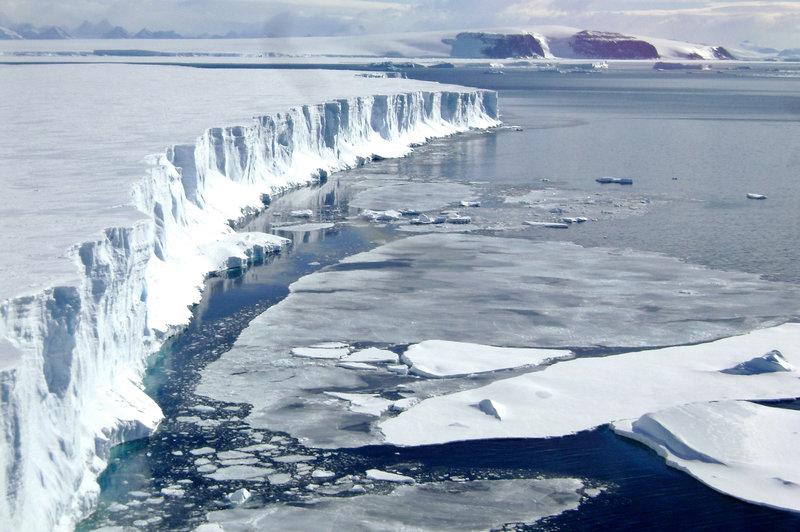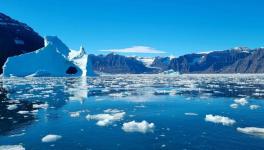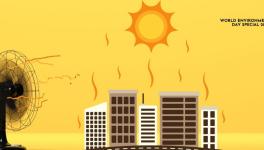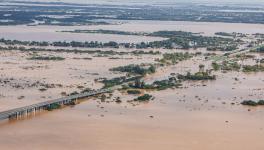El Niño Causes Fluctuations in Antarctic Ice Shelves, Climate Change to Make These More Frequent

Image Courtesy: Mariano Caravaca/Reuters/Landov
Every five years or so, a natural weather occurrence called El Niño causes extreme ocean temperatures. This results in flooding in certain parts of the world, and droughts and wildfires in other parts. Now, new research shows that El Niño also causes a decrease in mass of ice shelves in Antarctica. Although a natural phenomena, climate change caused due to human activity has been linked to an increase in frequency of El Niño events. This would mean more melting of ice, rising ocean levels, and consequently faster submergence of coastal towns and islands.
This study, carried out by a team with members from the Jet Propulsion Laboratory, Stanford University, amongst others, examined 23 years of satellite data. They studied the fluctuation of height and mass of the Antarctic ice shelves over the years, and found a clear link between El Niño-Southern Oscillation (ENSO) and the variability of the ice shelves.
Dr Fernando Paolo, lead author of the study, said, “Since we saw the mass of the ice shelves fluctuate – and that can be affected by fluctuations in El Niño – then in the future we should expect a higher fluctuation.”
El Niño and La Niña are the two parts of El Niño-Southern Oscillation, a climate phenomena that causes changes in surface temperatures of seas. Because of this, air pressure in the atmosphere over these waters also changes. These changes are fuelled by weakening and strengthening of trade winds. During El Niño, weak trade winds lead to oceans warming up near the American continents, and colder ocean waters near Asia and Australia.
In Antarctica, an interesting effect is seen. There is an increase in moisture content in the air, causing an increase in snowfall in the continent. At the same time, circulation of ocean waters pushes warmer waters underneath the ice shelf, causing the ice to melt. So while snowfall is adding mass to the top of ice shelves, melting at the bottom causes a decrease in mass. In total, however, there is still a decrease in mass. This is so because the ice added from snowfall is lower in density than the ice which melts.
Another study done last year showed that more frequent El Niño events are expected as global temperatures go above 1.5°C from pre-industrial levels. And the frequency of these will keep increasing for a few years even if climate change is controlled and temperatures stabilise. This is due to uneven warming of the planet which make El Niño events easier to occur.
Overall, the research says, it is important to keep in mind the impact El Niño will have when making projections of changes in global sea-levels. While a general pattern of thinning of the ice sheets because of global warming has already been established, these fluctuations will also contribute to melting of ice, and thus changes in ocean water levels.
Get the latest reports & analysis with people's perspective on Protests, movements & deep analytical videos, discussions of the current affairs in your Telegram app. Subscribe to NewsClick's Telegram channel & get Real-Time updates on stories, as they get published on our website.























